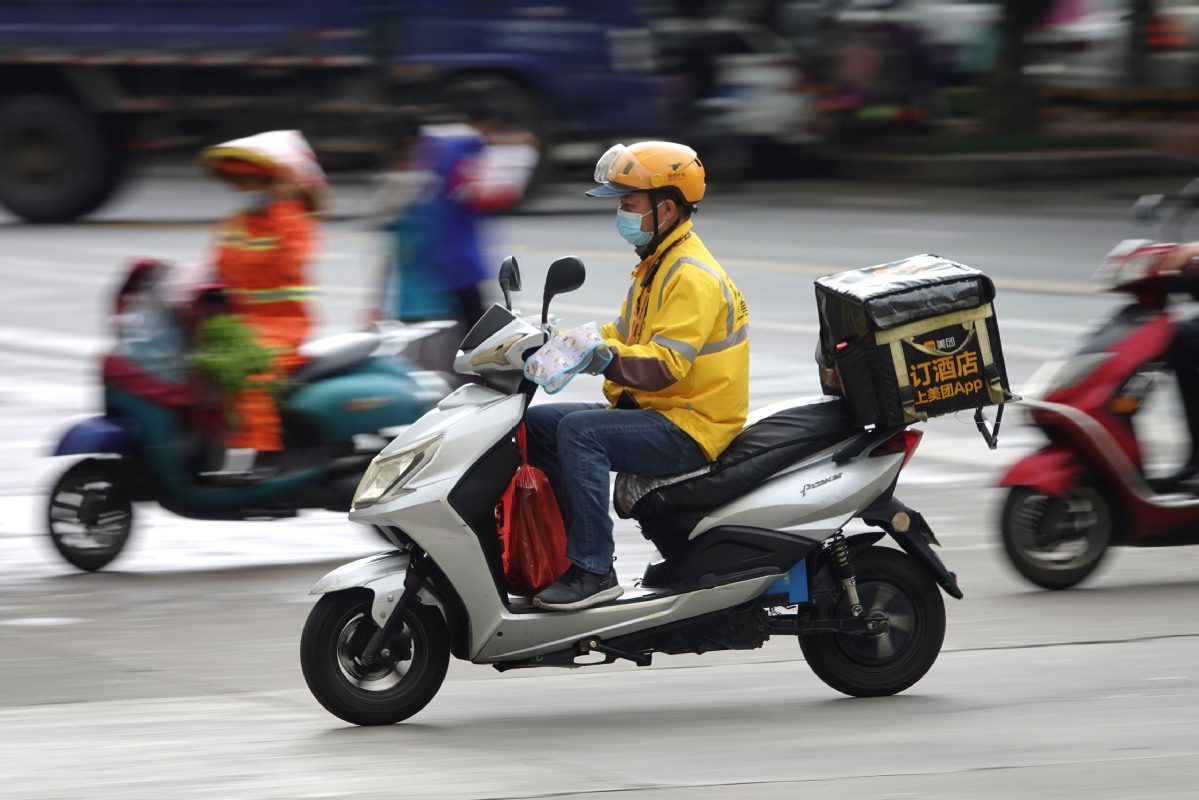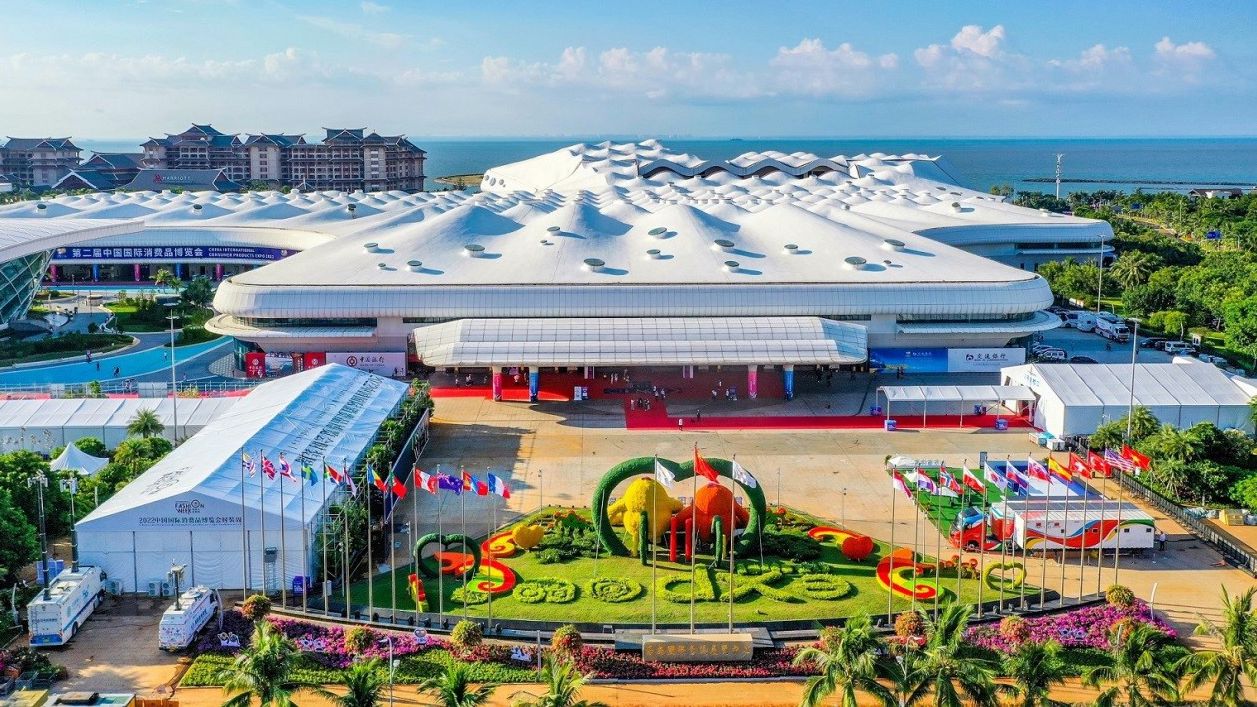Nation's services sector rings up strong growth in July

A food delivery worker plies a street in Nanning, Guangxi Zhuang autonomous region. YU XIANGQUAN/FOR CHINA DAILY
The recovery in China's service sector activity extended into a second straight month in July, an industry survey showed on Wednesday, amid further improvement in the business environment and customer demand following an easing in COVID-19 containment measures.
Industry experts said China will likely make a steady recovery in the third quarter of the year despite pressure from potential COVID-19 outbreaks and a gloomy global economic outlook, given that the more policy stimulus and infrastructure funding in the coming weeks are expected.
The Caixin China General Services Purchasing Managers' Index came in at 55.5 in July from 54.5 in June, the highest reading since April 2021 and staying well above the 50 point mark that separates growth from contraction, media group Caixin said on Wednesday.
The services sector, which accounts for over 50 percent of the economy and around half of urban jobs, was originally more significantly affected by the pandemic than manufacturing this year, but the recovery in services has gathered pace in recent months.
The Caixin China General Manufacturing PMI slowed from 51.7 in June to 50.4 in July. Caixin's composite PMI, which includes both manufacturing and services activity, dropped to 54, from 55.3 in the previous month.
Wang Zhe, a senior economist at Caixin Insight Group, noted the improvement in the COVID situation and an easing in restrictions facilitated the continuous recovery of the economy.
"Supply and demand in the services sector expanded. Although COVID restrictions hurt the businesses of some service companies, the economic fallout from this round of outbreaks is fading," Wang said.
As the economy gradually shakes off the impact of the pandemic, the third quarter will be a crucial period to get the economy back on track, according to Wang.
He said effective implementation of existing policies will help boost growth, and called for more efforts to stabilize employment, issue subsidies and implement temporary relief measures.
An official survey released last week showed that factory activity in China contracted unexpectedly in July. The official PMI for China's manufacturing sector posted a reading of 49 in July from 50.2 in June, and the country's official nonmanufacturing PMI came in at 53.8 from 54.7 in June, according to the National Bureau of Statistics.
Lu Ting, chief China economist at financial services group Nomura, said the weaker-than-expected manufacturing PMI in July indicates recovery momentum following the reopening in late May has weakened, as the economy faces pressures from a rising number of COVID-19 cases and challenges in the property sector.
Looking into August, Lu said his team expects the official manufacturing PMI to remain weak at around 49.5, while the non-manufacturing PMI is likely to fall further to around 51.5.
For the second half of the year, the National Development and Reform Commission, China's top economic regulator, said it will implement the existing policy measures on stabilizing growth.
The main focus is on boosting investment, promoting the accelerated recovery of consumption in key fields, ensuring the security and stability of industrial and supply chains, and ensuring supplies and stable prices of commodities essential for people's livelihoods.
Wen Bin, chief economist at China Minsheng Bank, said China is facing pressures from softer external demand, sluggish domestic consumption and renewed weaknesses in the property market.
Looking to the rest of the year, he said policy stimulus will play a vital role in supporting economic recovery, adding China will likely roll out incremental policies including the use of the 2023 quota for local government special bonds in advance and cuts in the reserve requirement ratio-the percentage of funds that banks are required to hold in reserve.
Photos
Related Stories
Copyright © 2022 People's Daily Online. All Rights Reserved.









